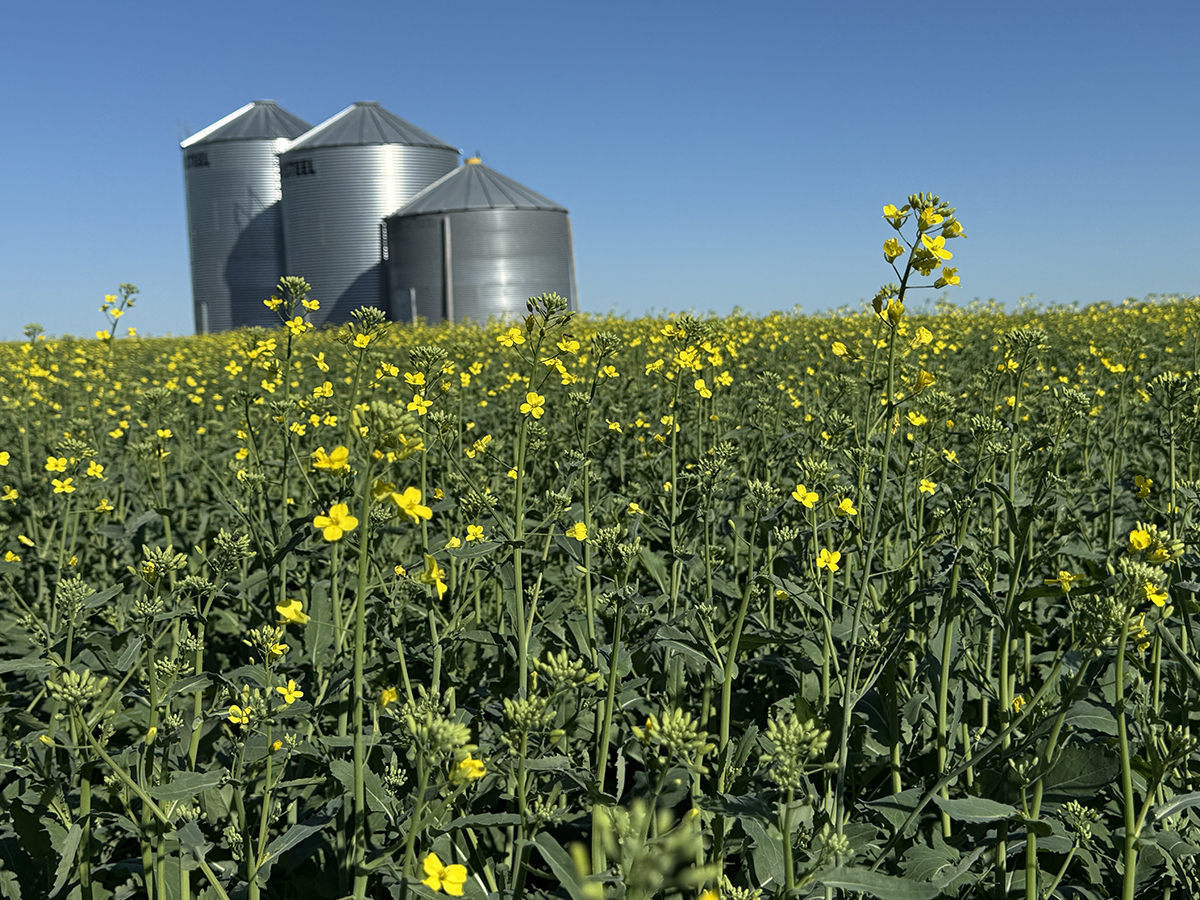Two of the most influential reports this time of year are ironically the final seeded area reports for the United States and Canada.
It seems odd that these reports can swing markets, especially since most fields have been planted for more than a month.
This year seems to be the exception to the rule because both reports came in close to expectations, and the markets collectively yawned after the data was released.
Read Also

Russian wheat exports start to pick up the pace
Russia has had a slow start for its 2025-26 wheat export program, but the pace is starting to pick up and that is a bearish factor for prices.
However, it doesn’t mean the information didn’t hold some interesting results.
Canada released its seeded area estimates on June 27 with most of the major crops near pre-report forecasts.
The biggest change was in spring wheat area, which was estimated at 18.8 million acres. This was lower than the pre-report estimate of 19.2 million acres but similar to the 18.9 million acres planted last year.
A portion of the decline in spring wheat area went to durum, which increased to 6.5 million acres. This is up by 200,000 acres from the average trade guess and 164,000 acres from the March seeding intentions report.
The market took the spring wheat area changes in stride with Minneapolis futures trading essentially sideways after the report was released.
Canola area came in lower than the market expected at 21.5 million acres. This was 200,000 acres lower than the trade expected and 189,000 acres below the March report. The drop in canola acreage of 554,000 acres from last year is significant but not unexpected by market participants.
Barley area dropped to 6.1 million acres this spring while oat area increased to three million acres. Lentil and pea area also increased this spring at 4.4 and 3.5 million acres, respectively. High prices for nitrogen fertilizers were the primary reason for increasing pulse area this spring.
The Canadian acreage report came as no surprise because the main themes of the March report continued in the June estimates.
Canola acreage dropped due to tariff concerns. Spring wheat and barley area dropped from the March report but not enough to change the overall fundamentals of both markets.
Now that the crop areas are determined, weather will dominate price movements in the coming month. The forecast of dry, hot weather for the first half of July is a far larger threat to Canadian production than any of the changes to cropped area in the June report.
The U.S. Department of Agriculture’s June acreage report was released on June 30 and also came in close to market expectations.
Wheat, corn and soybean markets traded unchanged to slightly higher after the release of the report. Corn area was estimated at 95.2 million acres while soybean area came in at 83.4 million acres. The corn and soybean estimates were both slightly lower than market expectations but not enough to make a material change in production prospects.
The total wheat area was also close to expectations at 47.5 million acres.
Of most interest to Prairie farmers was the spring wheat area, which was slightly higher (25,000 acres) than the March report at 10.045 million acres.
Durum area was up 93,000 acres from the March report at 2.11 million acres. This trend mirrors the similar increase forecast for Western Canada.
Barley area in the United States increased to 2.4 million acres in 2025, while oat area increased by 110,000 acres to 2.87 million acres.
Canola area dropped this year by 374,000 acres to 2.39 million acres, which was also similar to the trend in Western Canada.
Lentil area in the U.S. increased slightly to 1.01 million acres, while pea area increased to 1.07 million acres.
Chickpea area in the U.S. increased by 38,000 from last year to 540,000 acres.
Although the main focus in the U.S. report is obviously corn and soybeans, the crops specific to the northern Plains largely followed the same pattern that was indicated by the Canadian data. Canola area was lower in both countries with U.S. area dropping significantly more on a percentage basis.
North Dakota soybean area was unchanged at 6.6 million acres, while Manitoba acreage increased to 1.6 million acres. Soybean area in Saskatchewan rose to 95,500 acres this spring.
The bottom line is that the acreage reports were in line with estimates, which means that the markets will largely be focused on crop weather conditions in the coming weeks for wheat, durum, canola and pulse crops.















